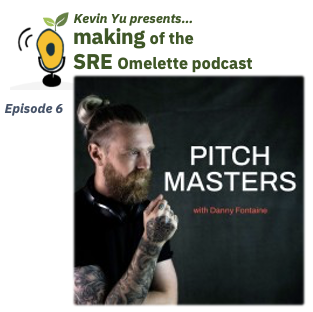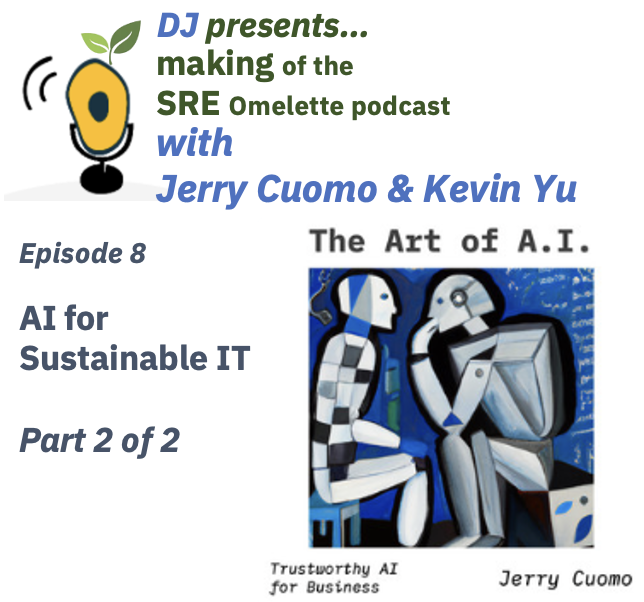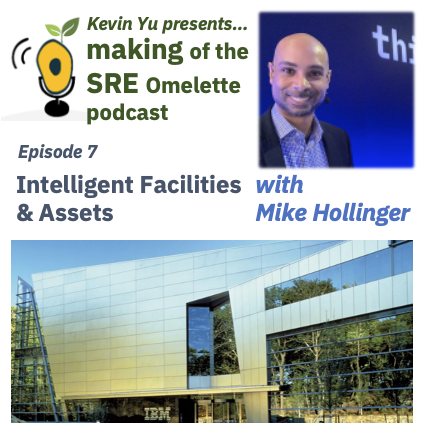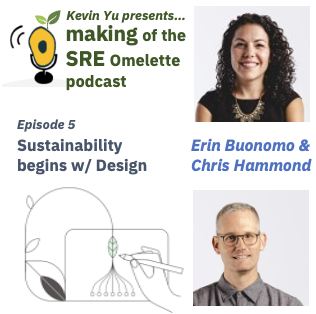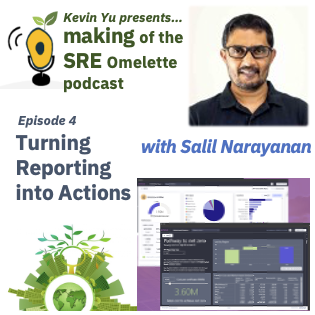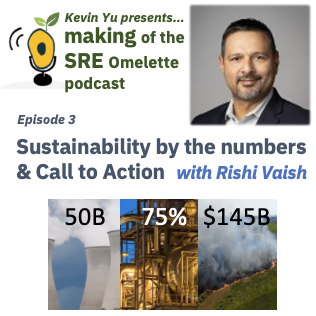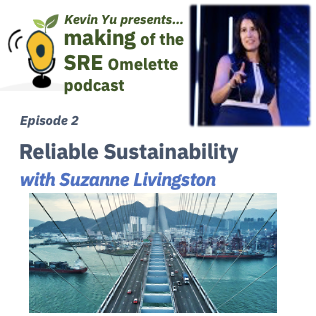Episode 6 - Pitch Master
00:00
00:00
1x
- 0.5
- 1
- 1.25
- 1.5
- 1.75
- 2
This is a podcast episode titled, Episode 6 - Pitch Master. The summary for this episode is: <p>Have you struggled to convince others of your idea? Be it to tackle a reliability problem or a sustainability challenge. In this episode, I have a conversation with Danny Fontaine - host of the Podcast Pitch Master on how to pitch SRE and Sustainability ideas.</p><p><br></p><p>Danny shared one of his favorite stories - the origin of the elevator pitch to get us started - and continued with many others including how he changed the paradigm of a customer by surprising them with a fictional scenario and won the deal.</p><p><br></p><p>Listen in as Danny transforms how you think about presenting and help you persuade others of your ideas.</p><p><br></p><p><strong>Things to listen for:</strong></p><ul><li>[02:01 - 03:16] Danny pitching himself</li><li>[06:48 - 09:28] Meaning of pitching</li><li>[12:24 - 16:39] The origin story of the elevator pitch</li><li>[16:54 - 18:57] How Danny get ready for pitching</li><li>[21:44 - 27:32] Pitching for Sustainability</li><li>[28:38 - 32:52] Pitching against detractors</li><li>[34:31 - 37:42] Pitching for head of IT vs. Business</li><li>[38:23 - 40:04] Danny's ingredient and recipe for pitching</li></ul>
Key Takeaways
Danny pitching himself
01:14 MIN
Meaning of pitching
02:39 MIN
The origin story of the elevator pitch
04:17 MIN
How Danny get ready for pitching
02:02 MIN
Pitching for Sustainability
05:48 MIN
Pitching against detractors
04:14 MIN
Pitching for head of IT vs. Business
03:10 MIN
Danny's ingredient and recipe for pitching
01:41 MIN
DESCRIPTION
Have you struggled to convince others of your idea? Be it to tackle a reliability problem or a sustainability challenge. In this episode, I have a conversation with Danny Fontaine - host of the Podcast Pitch Master on how to pitch SRE and Sustainability ideas.
Danny shared one of his favorite stories - the origin of the elevator pitch to get us started - and continued with many others including how he changed the paradigm of a customer by surprising them with a fictional scenario and won the deal.
Listen in as Danny transforms how you think about presenting and help you persuade others of your ideas.
Today's Host

Kevin Yu
|Principal SRE, IBM Sustainability Software
Today's Guests
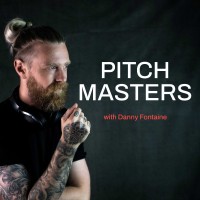
Danny Fontaine
|Creative Director, UK & Ireland at IBM, Founder of Pitch Masters Podcast
Danny is the go-to-market Creative Director for IBM Consulting UK&I and founder of the Experiential Selling Team (EST), focused on winning large deals in all sectors, and creating powerful communication strategies for our clients. Over the last 3 years Danny have helped IBM sign over $1BN of work.
Outside of IBM, Danny hosts a podcast called Pitch Masters (https://pitchguy.co.uk/ for info) where each week he interviews a mentor or inspiration and discusses how they execute, philosophise, and win work. Guests include Simon Sinek, Rory Sutherland, Doug Hall, Robin Dreeke, Jeff Gothelf and more.
Danny Fontaine 
